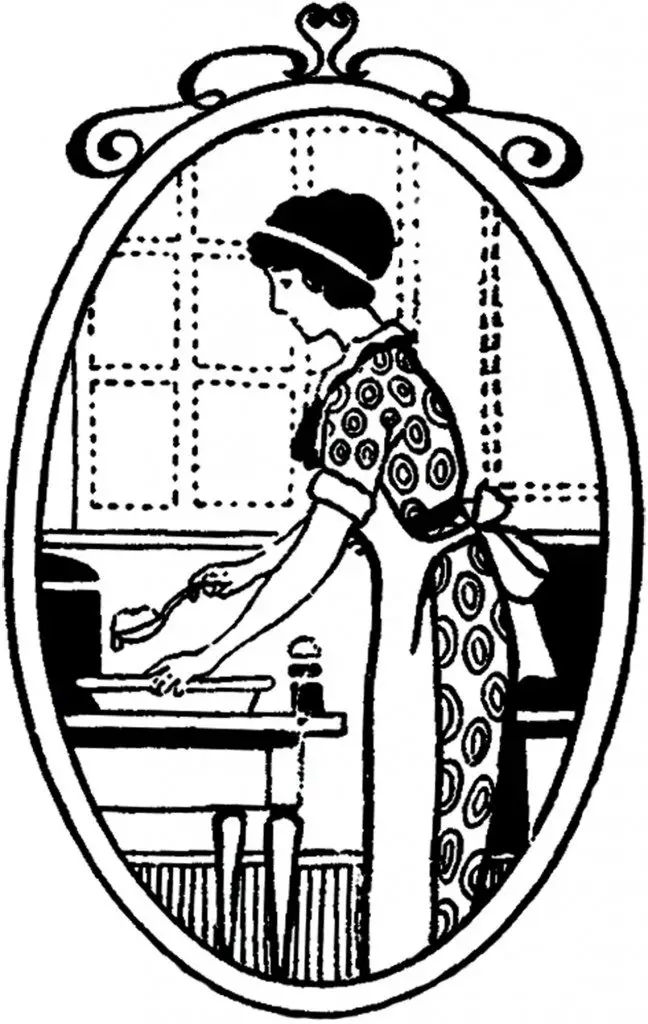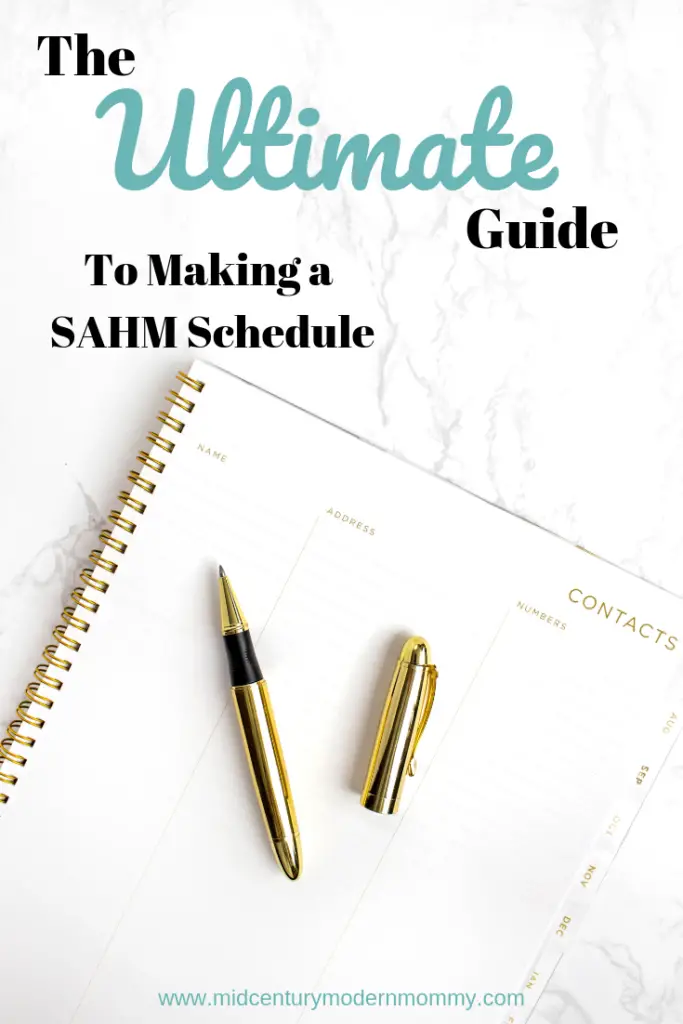The subject of minimalism is hot these days. We have never been inundated with so much inexpensive stuff. We have never been so bombarded with marketing that promises to make us feel better about our lives. Even in the Populuxe heyday, the mid-century era of Mad Men, we did not have as much stuff to buy, nor did we have as much credit to spend on it. ATMs were brand new in 1970. Charge accounts were usually limited to a particular store and lines of credit to a particular bank.
Now, we have Target and Amazon telling us we need stuff that we didn’t even know existed, and Walmart telling us that not only do we need that stuff, but we can get it cheaper at their store. And we shop, and we buy, and we try to feel better about our homes and our lives by buying more stuff — but we can’t buy our way out of problems we behaved our way into. (To paraphrase Stephen Covey.)
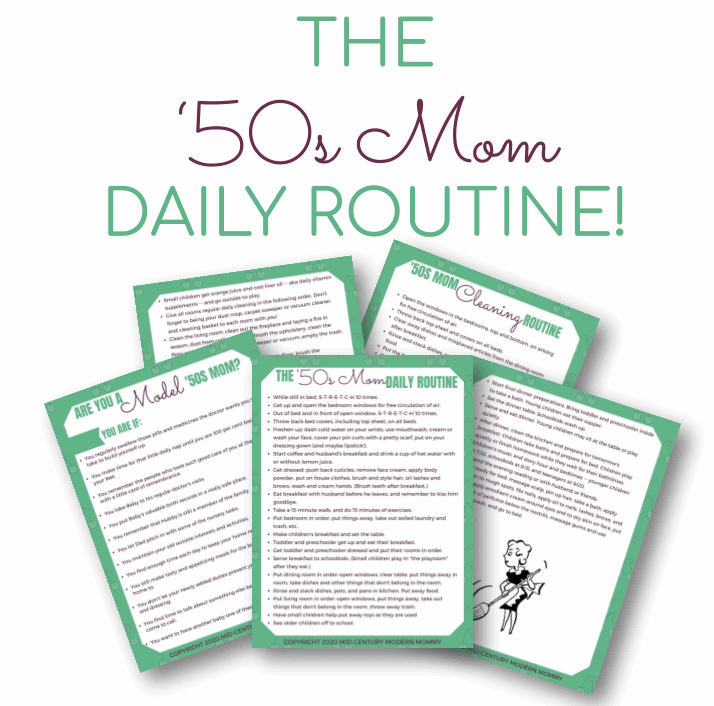
Get Our Mid-Century Mom Daily Routine FREE!
Embracing Minimalism
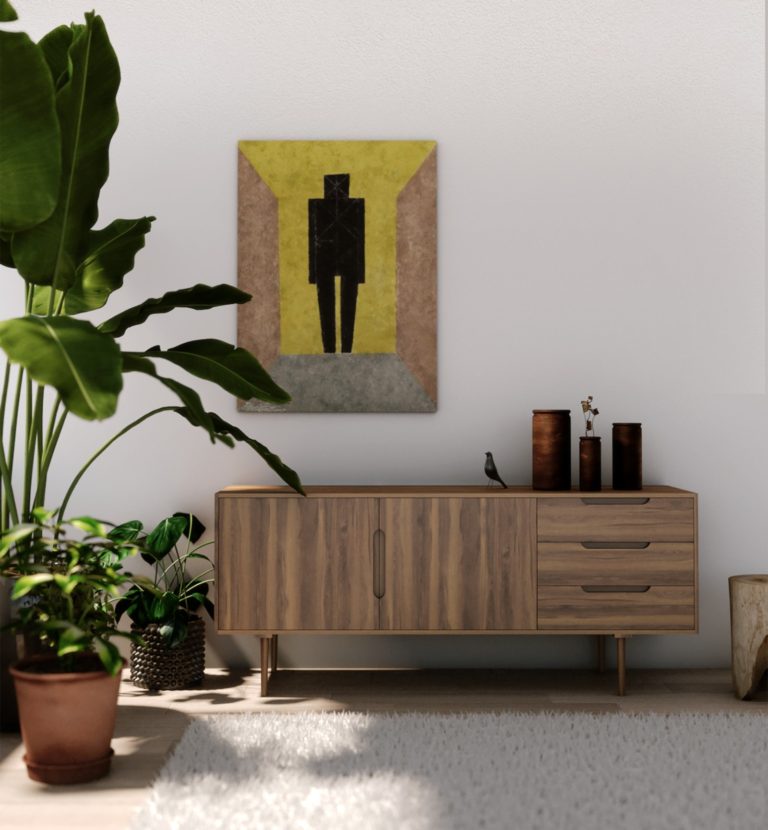
This post contains affiliate links. If you click a link and make a purchase, I may receive, at no additional cost to you, a small commission. Find out more on my Disclosures page, and thank you so much for your support!
In Home Comforts, Cheryl Mendelson discusses how modern houses don’t feel like the homes of the 1950s. She writes about the dusty, uninhabited feeling that pervades these houses, and attributes the un-home-like feeling to a lack of cleanliness. This lack of cleanliness isn’t just because people work more or are away from home more. It is because there is too much stuff to clean. With more stuff, cleaning takes more time. Even though the cleaning routines in a vintage housekeepng book are intense, housewives in the 1950s spent less time tidying than they did cleaning.
Marie Kondo calls her first book The Life-Changing Magic of Tidying Up, because tidying is different than cleaning. Cleaning is the act of removing dirt and filth. Cleaning is for soiled clothes, linens, counters, floors. Tidying is the process of clearing surfaces and removing stuff that gets in the way of cleaning. You can’t wipe a bathroom counter cluttered with toiletries. You can’t sweep a floor covered in toys.
Likewise, you cannot clean if you have too much stuff. You can move the piles around, and clean under them, but your bedroom won’t look clean if you have piles of clothes that won’t fit into the dresser stacked on top. A house that is full of unnecessary stuff never looks clean. And the more that people spend time in the house, the more cluttered it will feel.
The Uncluttered Vintage Life
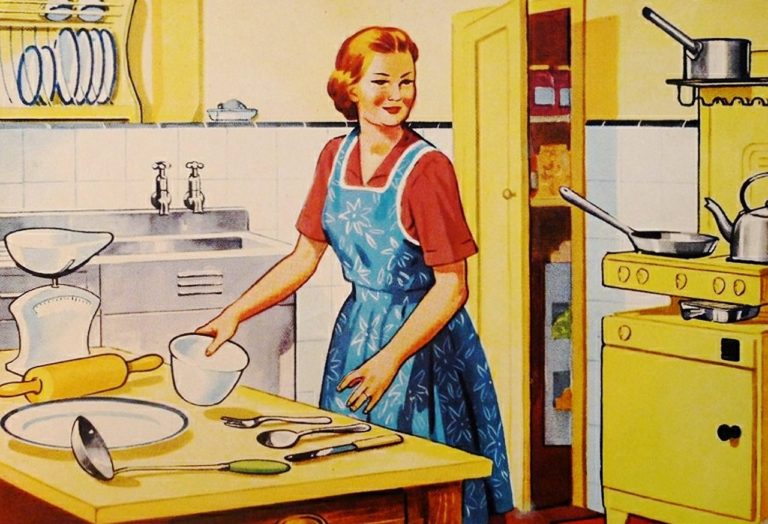
The mid-century modern housewife’s vision was a comfortable house that invited people to spend time at home. Advertisers focused on convincing her that each new gadget and gee-gaw would make her work easier, her husband happier, or her kids healthier. They guessed that she would not buy things unless they were useful as well as attractive. In this house, there was no room for something that created more work, unless it also had some benefit. An attractive house to a mid-century modern housewife was sleek and minimalist, unlike the overstuffed rooms of their Victorian grandparents.
The most important rule for mid-century modern minimalism is to remember Konmari’s famous “Spark Joy!” Whether it is making you happy because it is useful (just imagine the joy of an electric washing machine after doing the wash by hand for decades — or a vacuum that worked!) or because it is beautiful, if it sparks any feelings other than happiness, think about whether you want it after all. (Including feelings of exasperation as you shove it back into the cupboard it fell out of!)
Mid-century modern was about finding the beauty in functionalism. It glorified efficiency and minimalism without sacrificing aesthetics. It tried to make life easier without sacrificing graciousness. And it mostly succeeded.
Mid-Century Lovely Living
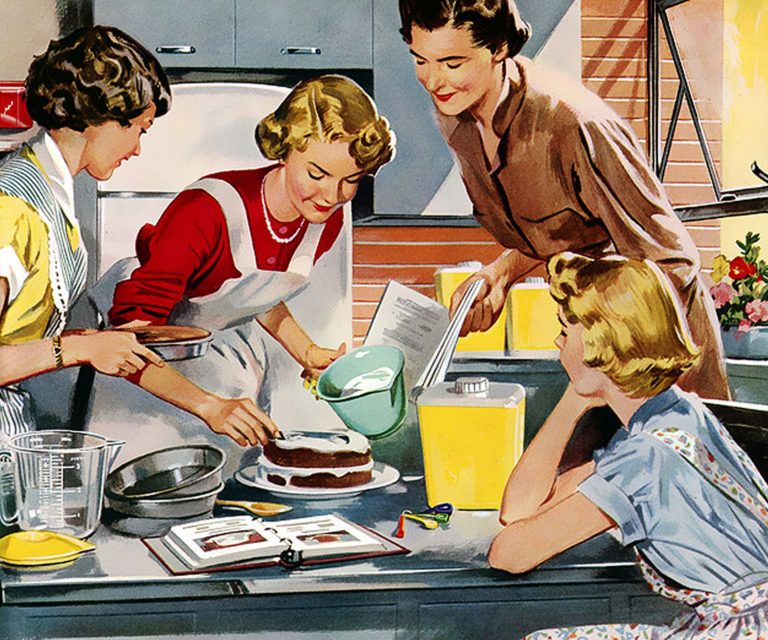
Mid-Century Modern Minimalism is about doing. Crafting, cooking, entertaining — all these require stuff. The key is to choose the best stuff, and to keep things that bring joy when they help you to DO the things you love. The mid-century modern housewife found joy in an unprecedented amount of leisure time. They reveled in the freedom to pursue hobbies. Women in the 1950s sewed an average of 24 different items each year!
Pursue things that make you a better, happier person. Don’t waste your time cleaning tchotchkes because you couldn’t leave Target without them! Get rid of them, and spend the money on dinner-party equipment or a new sewing machine — or new golf clubs!



